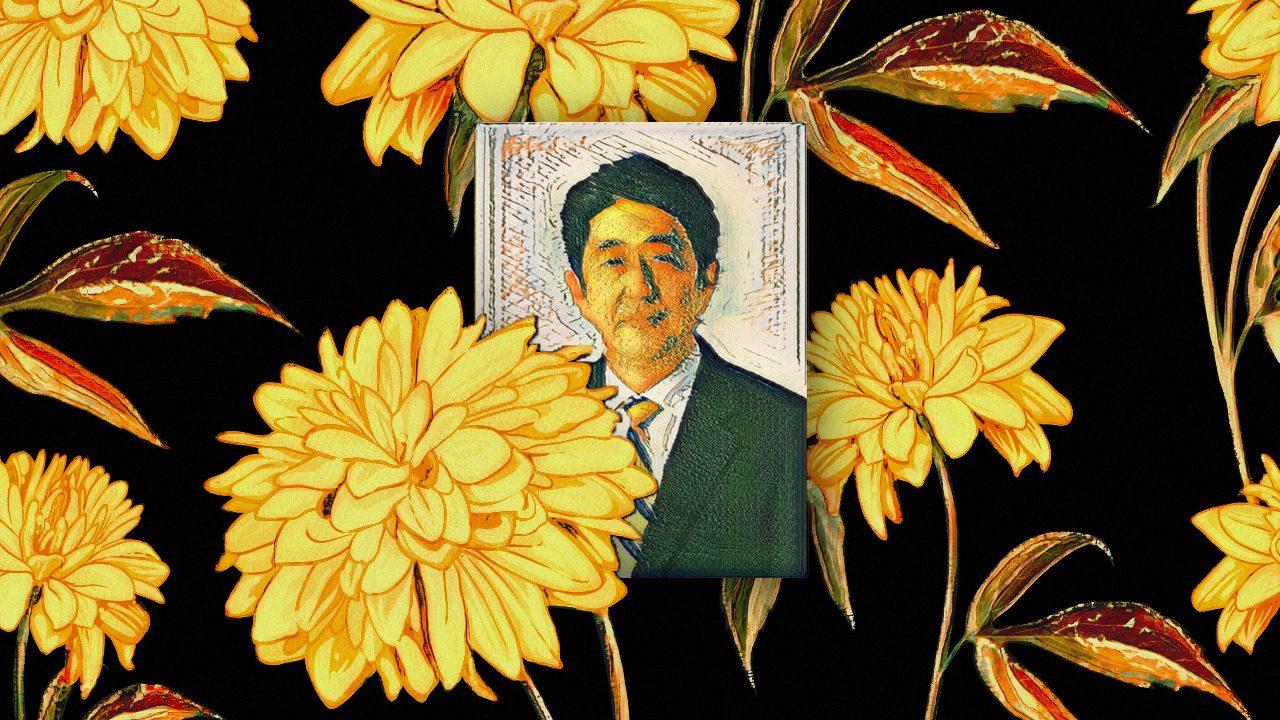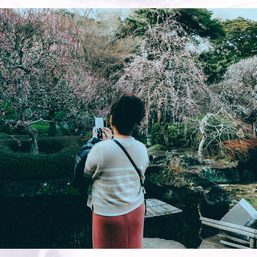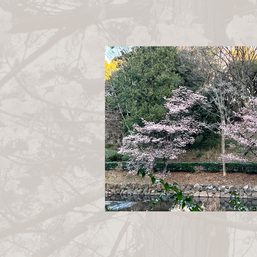SUMMARY
This is AI generated summarization, which may have errors. For context, always refer to the full article.

One of the first things I wanted to do when I got to Tokyo in late July was to offer flowers for slain former Prime Minister Shinzo Abe. I knew that his Liberal Democratic Party had set up tables at the HQ grounds in Nagatacho, where the public could bring flowers and sign the condolences books.
They wrapped up the activity a week or so before I came, however. All I could do to pay my last respects was to offer prayers at the Shojoji Temple, where his private funeral took place four days after his assassination. As you might have read my post in early August, I cried — no, I sobbed — at the steps of the temple while praying, having realized the depth of my grief over his passing.
I have deep sentiments about how some Japanese people may not realize how their country had risen with Abe-san’s vision and leadership, and what it lost with him gone. But I’d reserve those for later (or maybe they’ll remain in private conversations with Japanese friends who think I’m more Japanese than some of their compatriots).
Today, September 27, at 2 pm Japan time (1 pm in PH) — six days after he would’ve turned 68, and 11 weeks after his assassination — Abe-san will be honored with a state funeral, something done only once for a government leader since the war ended.
Five to six Japanese out of 10 are against the tribute they consider costly in monetary terms. The political opposition — slaughtered by Abe’s LDP in the last elections — are scoring what we Filipinos call “pogi” points fueling parochial attitudes toward the significance of honoring the country’s longest-serving prime minister.
Bloomberg’s Gearoid Reidy has a perfect piece on the ruckus over what the media call “divisive” and “controversial” state funeral: “Shinzo Abe’s Funeral Furor Is Japan’s Most Unedifying Debate.” In Pinoy language, kahiya-hiyang pagtatalo.
My favorite Peter Tasker has a two-part series on Japan Forward, expertly summarizing Abe-san’s legacy: “The Abe Legacy: A Japan Empowered by Far-reaching Reforms” and “The Abe Legacy: A More Asian Japan, Steering Its Own Course in the World.”
There is also the special edition of Seiron magazine, with only a few thousand copies printed and reprinted, and which have sold out. It features photos and insights about the person and the politician, excellently curated by an editor who had known him for years. (Thank you, Makiko)!
Yet there is something about Abe’s vision that I feel has not been highlighted because most thought leaders talked about him only as a strategist, reformist, and global statesman. He believed in the youth and their potential to shape, steer, re-make their country.
You’d see that across his social media accounts each time he celebrated their courage, hard work, and genius in whatever field. You’d see that when he showed up for young children in times of disaster or engaged with them even in small-classroom settings. If anyone truly understood the promise and power of the youth as any nation’s future, he was one of them.
“When I talk to all of you, the younger generation, I am amazed at how many people think that they want to do something useful for the world, for the region, for Japan, and for the world . I have high expectations for all of you. Please take on challenges, and even if you fail, stand up,” he had said at the graduation ceremony of Kinki University in March 2020.
There are young people in Japan who understood this. Among them are the 20- and 30-somethings who started the “Arigato Abe-san” project — a website where everyone who appreciates him outside of Tokyo and Japan could offer digital flowers and their tributes: https://offering-flower.com/.
Here, I was finally able to offer flowers to the leader I deeply respect. As of today, I’m one of the more than 250,000 who have offered flowers. I chose a yellow chrysanthemum, which in Japan symbolizes the sun and the light, and therefore immortality. Because his legacy should live on.
When you get to the digital flower offering site, a piano rendition of “Flowers Will Bloom” (Hana wa Saku) plays. It was the music composed by Yoko Kanno, with lyrics by Shunji Iwai, which was commissioned by NHK for the rebuilding after the Great East Japan Earthquake and Tsunami of 2011. Abe-san had played that music before.
The words are nostalgic, but they could very well be speaking of the time to come:
“Flowers will bloom, oh yes they will,
For you, who are yet to be born someday.
Flowers will bloom, oh yes they will.
What have I left behind for you?
“I can still see their dreams,
I can still feel them close to me.
I can still see their futures
Somewhere beyond the sorrow and pain.”
Arigato, Abe-san.
Add a comment
How does this make you feel?
![[OPINION] Remembering Shinzo Abe as the Philippines, Japan sign military pact](https://www.rappler.com/tachyon/2024/07/remembering-shinzo-abe.jpg?resize=257%2C257&crop_strategy=attention)




There are no comments yet. Add your comment to start the conversation.